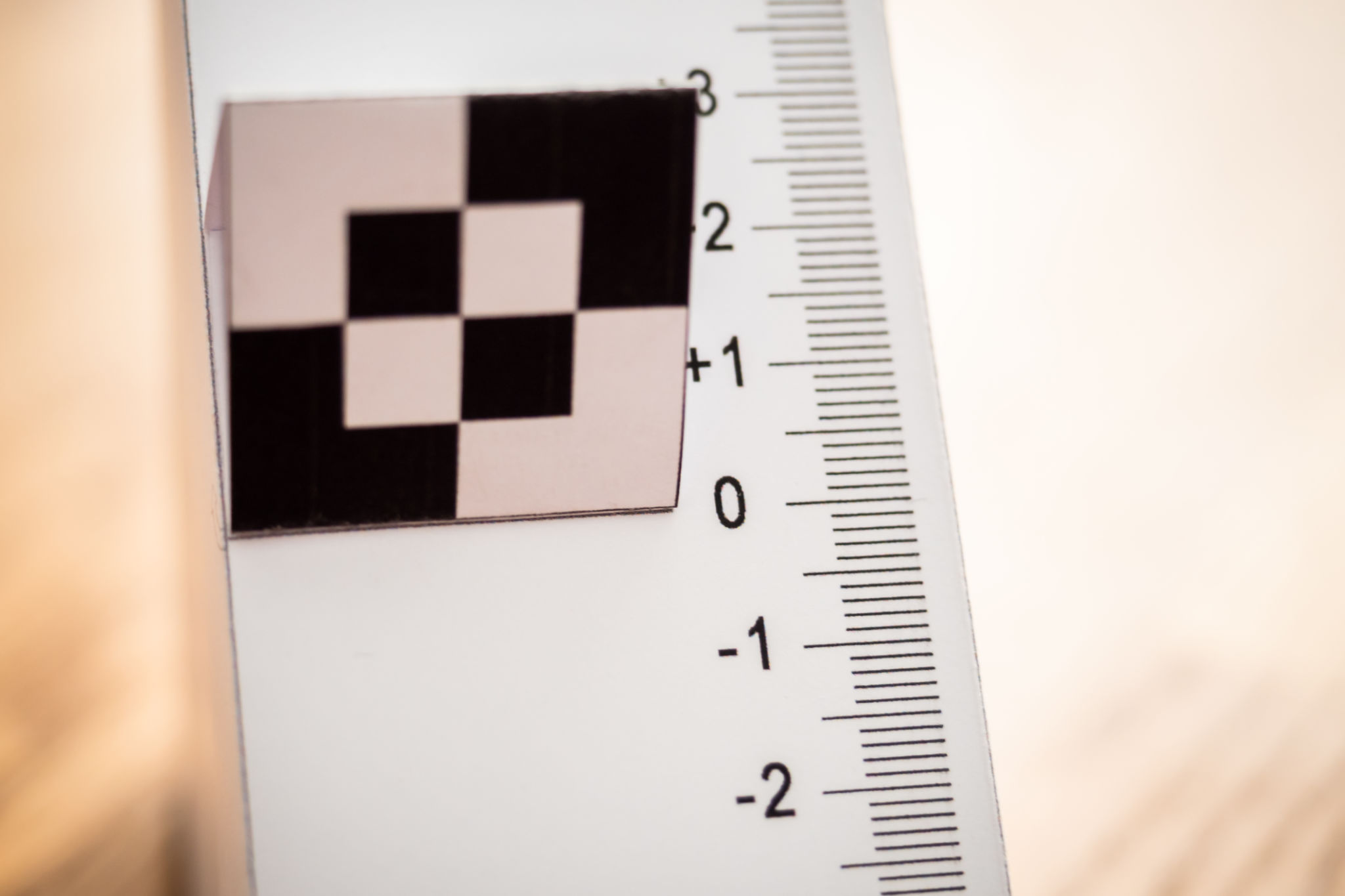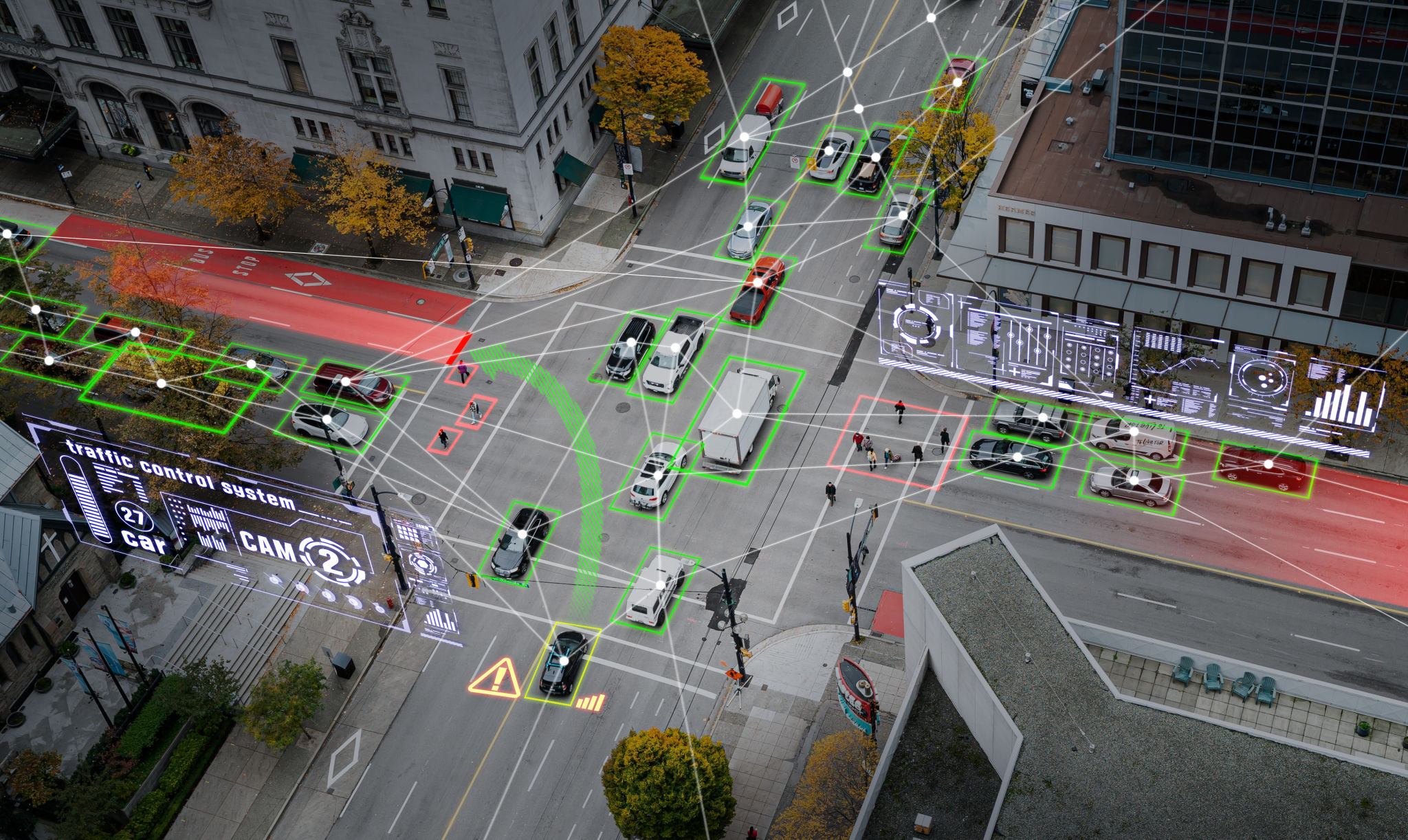Case Study: Successful ADAS Calibration in Dewsbury
Introduction to ADAS Technology
Advanced Driver Assistance Systems (ADAS) are a crucial part of modern automotive technology, designed to enhance vehicle safety and improve the driving experience. These systems rely on a combination of cameras, sensors, and software to assist drivers in various ways, such as lane-keeping, adaptive cruise control, and automatic emergency braking. Proper calibration of these systems is vital to ensure their functionality and accuracy.
In Dewsbury, a recent case study highlighted the success of an ADAS calibration process, showcasing the importance of precision and expertise in this field. As more vehicles are equipped with these advanced systems, the need for skilled calibration professionals has never been more evident.

The Calibration Process
The ADAS calibration process involves several steps to ensure that all sensors and cameras are aligned correctly. This process is essential after any repair or replacement of parts that affect the ADAS components, such as windshields or bumpers. The case study in Dewsbury demonstrates a meticulous approach to the calibration process, emphasizing accuracy and attention to detail.
Technicians begin by preparing the vehicle and setting up the calibration environment. This includes ensuring a level surface and optimal lighting conditions. Next, specialized equipment is used to adjust the sensors and cameras, aligning them with the manufacturer's specifications. Each step requires precision to guarantee that the ADAS functions as intended.

Challenges Faced
While the calibration process seems straightforward, several challenges can arise. In Dewsbury, technicians faced difficulties due to environmental factors and the complexity of the systems involved. For instance, variations in temperature or lighting can affect sensor performance, necessitating adjustments during calibration.
Additionally, each vehicle model may have unique requirements for calibration. Technicians must stay updated with the latest guidelines and technologies to ensure successful outcomes. The Dewsbury case study highlights how overcoming these challenges required both expertise and adaptability from the technicians involved.
Results and Benefits
The successful ADAS calibration in Dewsbury resulted in several benefits for both the service provider and vehicle owners. Properly calibrated systems enhance safety by ensuring accurate sensor readings and reliable system responses. This not only protects drivers and passengers but also contributes to reducing road accidents.
Moreover, accurate ADAS calibration can improve driver confidence, knowing that their vehicle's safety systems are functioning optimally. For service providers, showcasing successful case studies like this can bolster their reputation and attract more clients seeking reliable calibration services.

Conclusion
The Dewsbury case study illustrates the critical importance of expert ADAS calibration in maintaining vehicle safety and performance. As these systems become more prevalent in vehicles, the demand for skilled technicians will continue to grow. For drivers and service providers alike, understanding and investing in proper calibration processes is essential for leveraging the full benefits of ADAS technology.
Future advancements in ADAS technology will likely introduce new challenges and opportunities in the field of calibration. Staying informed and equipped with cutting-edge tools and knowledge will be key to navigating this evolving landscape successfully.
